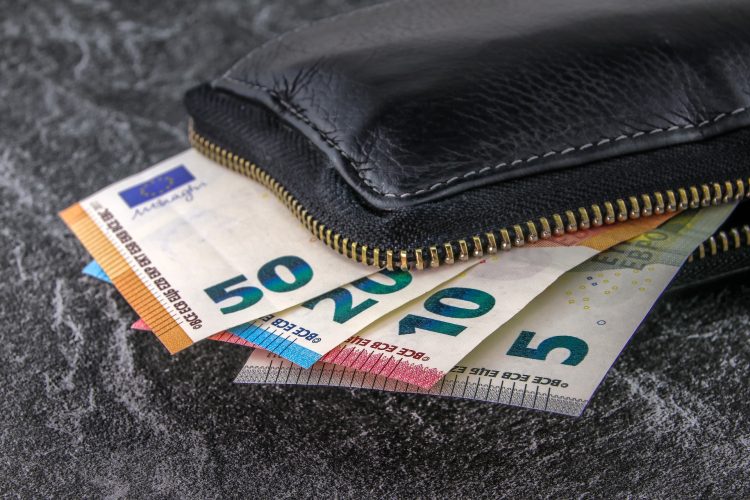
Croatia's GDP is estimated to have shrunk 8.9 percent in 2020, and is expected to grow by 5.3 percent in 2021 and 4.6 percent in 2022, according to European Commission's latest projections released on Thursday.
In its Winter 2021 Economic Forecast, the Commission’s analysts said attributed the sharp drop in 2020 to the impact of the Covid-19 pandemic, especially “on service exports, particularly tourism, which suffered greatly due to the fall in demand for air travel and the imposition of travel restrictions in many countries.”
Croatians’ private spending also fell during the pandemic.
Following a better-than-expected third quarter in 2020, Croatia’s GDP is estimated to have contracted again towards the end of the year, as pandemic restrictions had been re-introduced in December.
However, the new estimates of 8.9 percent GDP contraction is slightly better than the previous estimate of 9.6 percent from the Commission’s previous Autumn Economic Forecast. Forecasts for 2021 and 2022 have also been revised – for 2021 the projected growth is now 5.3 percent (down from 5.7 percent in the previous report) and for 2022 it has been revised upwards, from 3.7 percent to 4.6 percent.
“Real GDP is forecast to bounce back by 5.3 percent in 2021, as domestic demand should rebound once pandemic containment measures are phased out and more people are vaccinated,” the Commission’s analysts said.
“Pent-up demand, coupled with a gradual recovery in the labor market, is expected to boost private consumption. Investment should rebound on the back of the already strong dynamics in the construction sector, supported by rebuilding efforts following the strong earthquakes in the Banija region and Zagreb… A gradual pick up in longer-term investment projects, is also expected. The recovery in external demand, however, is expected to be uneven. Goods exports are expected to increase strongly on the back of the improved global outlook but services exports are projected to remain subdued in both 2021 and 2022 compared to their 2019 levels,” the report said.
European Commission’s analysts added that the recovery in the travel and hospitality sectors are likely to take “several years” and that the latest projection did not include any measures expected to be funded under the Recovery and Resilience Facility – a EU funding mechanism expected to inject some €672.5 billion into economies of EU countries.
Inflation is expected to remain unchanged.
“HICP inflation rate dropped to 0 percent in 2020 on the back of a strong decline in energy prices, while core inflation remained broadly stable at around 1 percent. As the effect of last year’s fall in oil prices dissipates, inflation is expected to pick up slightly in 2021, but should remain subdued throughout the forecast horizon (1.2 percent in 2021 and 1.5 percent in 2022),” the report said.
In 2021 Spain is expected to see the most robust economic recovery out of all 27 EU countries, with GDP growth projected at 5.6 percent, followed by France (5.5 percent) and Croatia (5.3 percent).
As for the economic downturn in 2020, Spain again tops the ranking with a 11 percent contraction, followed by Greece is (10 percent), Malta (9 percent), and Croatia (8.9 percent drop).


Kakvo je tvoje mišljenje o ovome?
Budi prvi koji će ostaviti komentar!